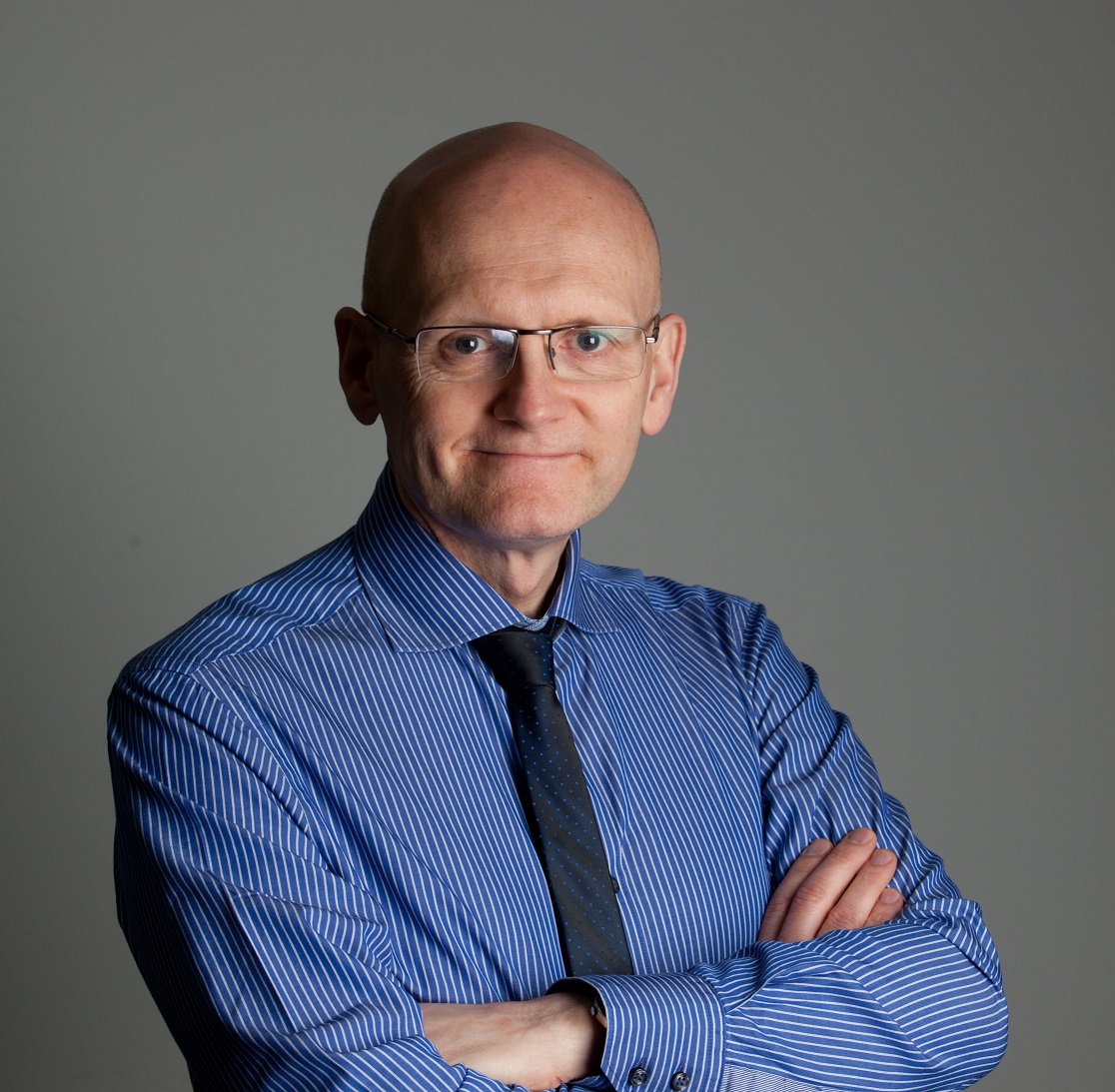
Photo: don_mclean
How IES is helping cities become more sustainable
08 May 2019
Dr Don McLean, Founder & CEO of IES speaks on the subject of climate change and the need to improve energy efficiency within our cities and across the entire built environment.
What inspired you to dedicate your career to reducing energy use within the built environment?
When I first started out, over 40 years ago, power strikes in the UK and concerns that ‘peak oil’ would occur by the year 2000 made me realise how vulnerable society is without energy.
This realisation, combined with my studies in environmental engineering, led to my focus around energy efficiency in the built environment.
What does a smart city mean to you?
People have different ideas of what makes a smart city. I feel the smart city concept tends to constrain people’s thoughts.
At IES, we prefer the term intelligent communities, where a community could be defined as any group of buildings–a city, campus, company or even a whole country.
We need to make buildings much more energy efficient. I believe that by looking at groups of buildings in a more aggregated way, we can start to make these communities more intelligent in their use of energy through community-wide solutions, such as district heating and cooling, and renewables, such as PVs and wind turbines.
What is IES doing to help mitigate climate change?
Over the past 25 years, our IES Virtual Environment (IESVE) software has allowed users to address building design, compliance and the retrofit of existing buildings. We estimate the use of the IESVE has already helped avoid the need for 30 power stations to be built.
While this is an admirable achievement, it does not fully address what is needed. That’s why we’ve been extending our technology to address the problem at scale and facilitate lasting change across the entire lifecycle of the built environment–from citizen level up to companies, campuses, communities, cities and whole countries.
Our new technology suite–the Intelligent Communities Lifecycle (ICL)–makes it possible to create a digital twin of any such community to simulate its lifecycle and plan the right solutions now and into the future. Users can analyse the energy performance of multiple buildings and address the simultaneous operational performance of any number of buildings and the energy systems supporting them to significantly improve efficiency and reduce carbon emissions.
I hope if enough communities–whether these be university campuses, districts or cities–start to use this technology to reduce their own energy use then we will, in time, cover the Earth with energy efficient communities.
What do you think governments need to do to tackle climate change effectively?
Many governments have been looking at energy efficiency, decarbonisation and climate change for a long time, which is encouraging. The problem is we are yet to see any serious reductions in carbon emissions. We’re still seeing global carbon emissions increasing at roughly 2.5 parts per million (ppm) per year, without any indication that this will slow down.
I fear that we will need to see some catastrophic problems before governments start to take serious action.
Regarding the built environment, many governments have enforced building regulations that probably cause as much energy inefficiency as they save. The whole approach to building regulations needs to change to enable better testing of the energy performance of buildings and ensure inefficiencies are avoided.
Starting to tackle climate change at a global level is probably too much for governments to address. However, if we take a bottom up approach where each community takes care of their own footprint, I believe we can make a real impact.
To find out more about IES and their new ICL technology, visit www.iesve.com/icl









